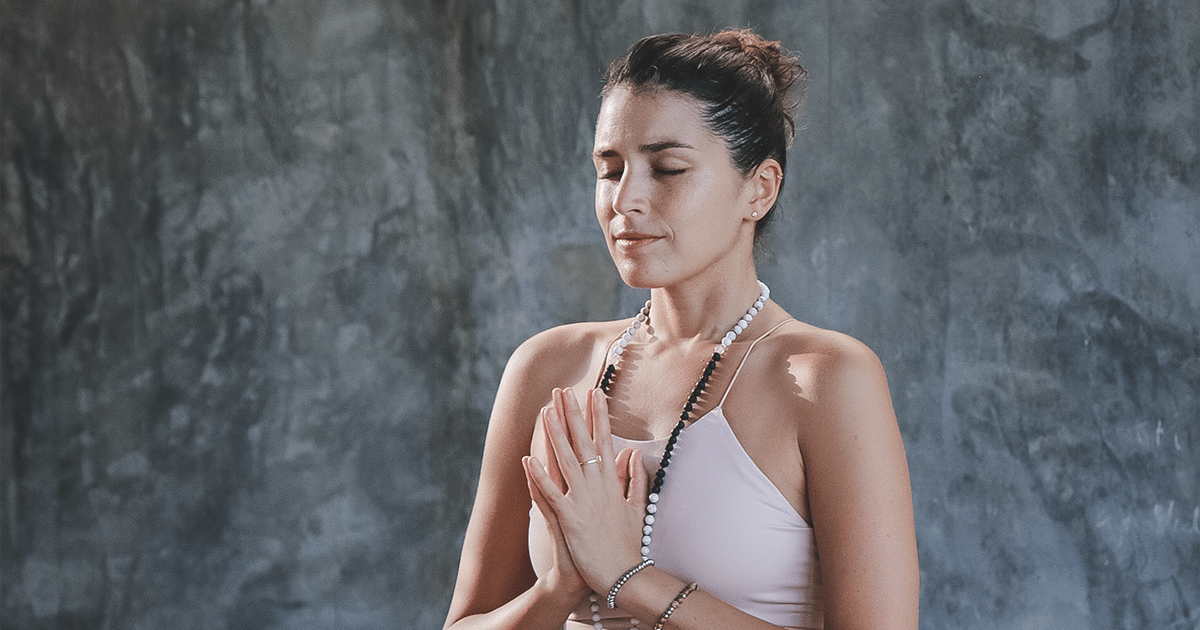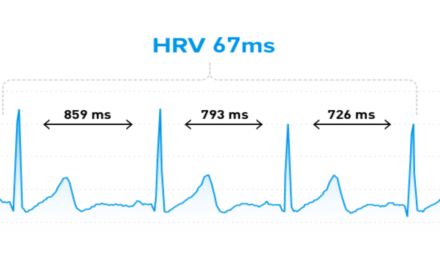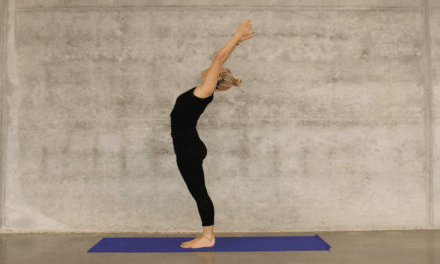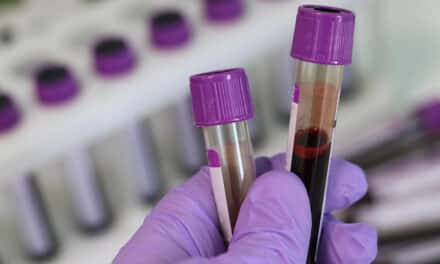Progressive Muscle Relaxation is a technique I have found to help me become more aware of my body, release physical tension, and relax my body. As significant stress and daily stressors exist in our lives, our bodies manifest this stress as tightness, and this easy technique can benefit you. This blog will focus on what progressive muscle relaxation is, how to do it, and its associated benefits. Throughout this blog, I will leverage information from Healthline’s blog, ‘The Benefits of Progressive Muscle Relaxation and How to Do It.’
What is Progressive Muscle Relaxation?
Progressive muscle relaxation involves tensing different muscle groups throughout the body, releasing the muscle tension, and relaxing them, reducing physical and mental tension.
How to Practice This Technique
Healthline’s article provides a step-by-step process that you can follow:
- Start by lying or sitting down. Relax your body by taking five deep, slow breaths.
- Lift your toes upward for five seconds, and then let go. Pull your toes downward for five seconds, and then let go.
- Next, tense your calf muscles for five seconds and then let go.
- Move your knees toward each other, hold for five seconds, and then let go.
- Squeeze your thigh muscles for five seconds, and then let go.
- Clench your hands for five seconds, and then let go.
- Tense your arms for five seconds, and then let go.
- Tense your glutes for five seconds, and then let go.
- Contract your abdominal muscles for five seconds, and then let go.
- Inhale and tighten your chest for five seconds, then exhale and let go.
- Raise your shoulders to your ears for five seconds, and then let go.
- Purse your lips together for five seconds, and then let go.
- Open your mouth wide for five seconds, and let go.
- Close your eyes tightly for five seconds, and then let go.
- Lift your eyebrows for five seconds, and then let go.
As you can see from this technique, you spend five seconds tensing the different muscles in your body. Following the tension, I would recommend a long exhale to help relax yourself further. You also do not need to follow the exact muscles in this video, but I recommend starting with your feet and moving upwards. While the list goes from bottom to top, you can also back down the body after reaching the head. Some other examples of muscles you can incorporate you can include individual toes, muscles around the ankle or heel, back, neck, hands, individual fingers, forearm, bicep, tricep, and obliques separate from the middle abdominal muscles. For more variations, you can do multiple muscle groups simultaneously after completing the individual muscle groups. In terms of duration, you can practice PMR for as little as a few minutes to 20-30 minutes.
Here are a few good videos I have found that can walk you through PMR: Therapy in a Nutshell’s ‘Progressive Muscle Relaxation: An Essential Anxiety Skill,’ Eating Recovery Center’s ‘Progressive Muscle Relaxation,’ and Relax for a While’s ‘PMR (Progressive Muscle Relaxation) to Help Release Tension, Relieve Anxiety or Insomnia.’ Relax for a While also has a hour video called ‘Progressive Muscle Relaxation Guided Sleep Meditation for Anxiety and Insomnia Relief at Bedtime.’
What Are The Benefits?
I have already mentioned that the technique helps you increase body awareness, release physical, emotional, and mental tension, and relax the body. I have noticed that many people have tension in places like the neck and shoulders but are unaware these are tight areas. I need to be aware of tight areas so I can communicate with different therapists and I can focus my recovery efforts on reducing tightness in these areas. Another benefit I have noticed is that throughout the day, I am more aware of my body positioning, which ensures I can maintain better posture, do not stiffen areas of my body such as lifting my shoulder closer to my eat without realizing, and deep breathing to reduce stress and tension. Additionally, Healthline’s article explains that PMR can reduce anxiety and tension, improve sleep, ease neck pain, reduce low back pain, and improve systolic blood (shows how much pressure your blood is pumping when the heart contracts, which is an indicator of good heart health), decrease migraines, and reduce stiffness in the jaw.
Final Thoughts on Progressive Muscle Relaxation
PMR is an effective and easy strategy associated with many benefits related to your body. As I have seen the positive benefits first-hand, I recommend trying this technique and seeing if it is helpful for you.





